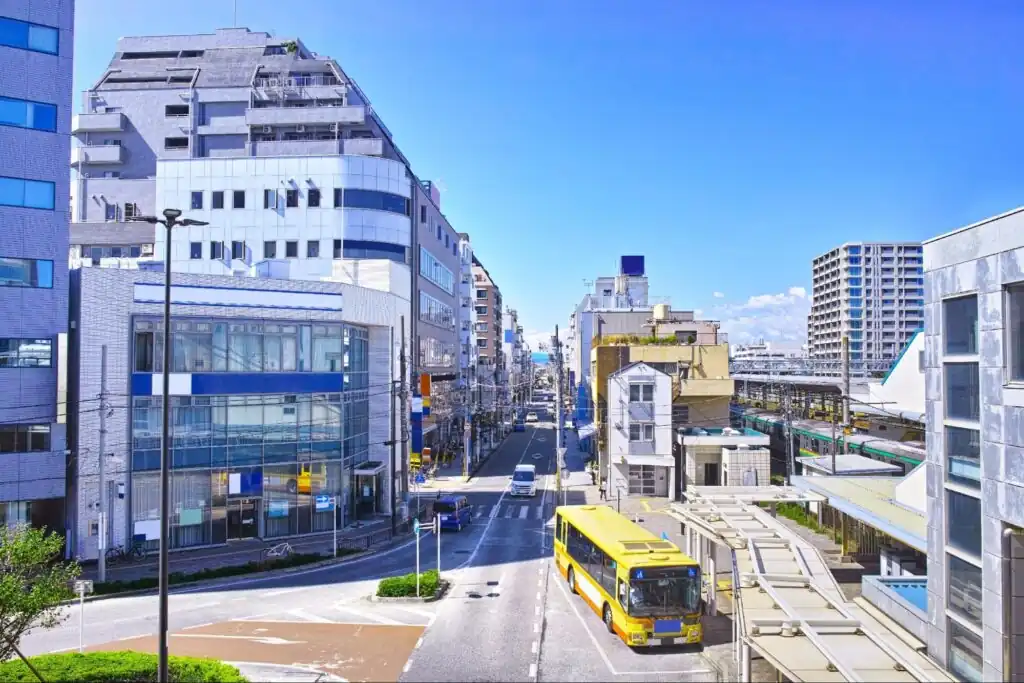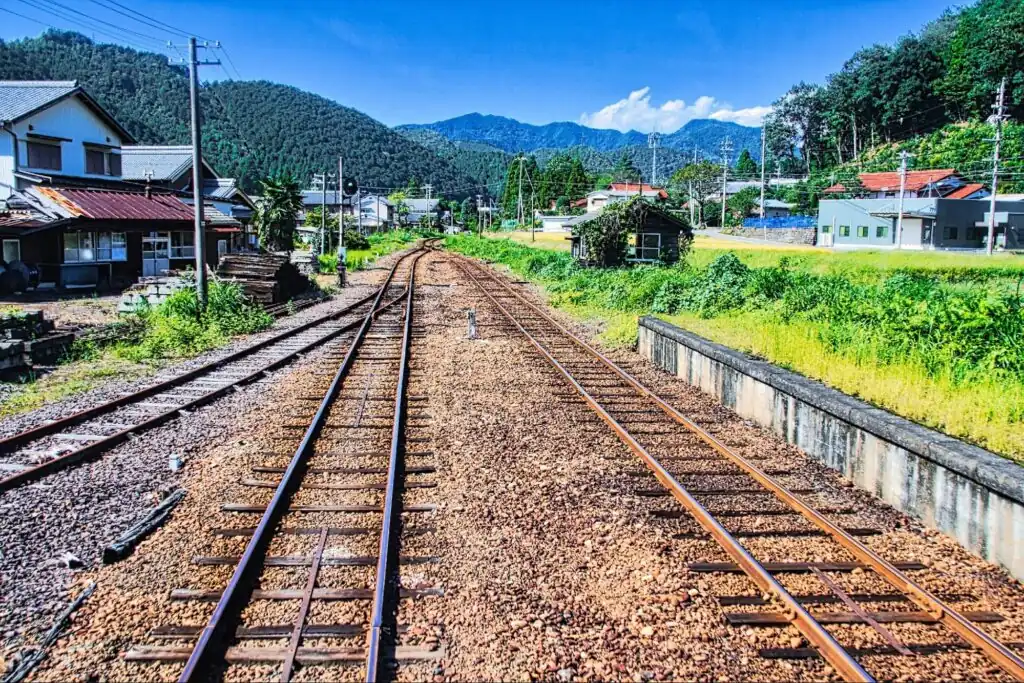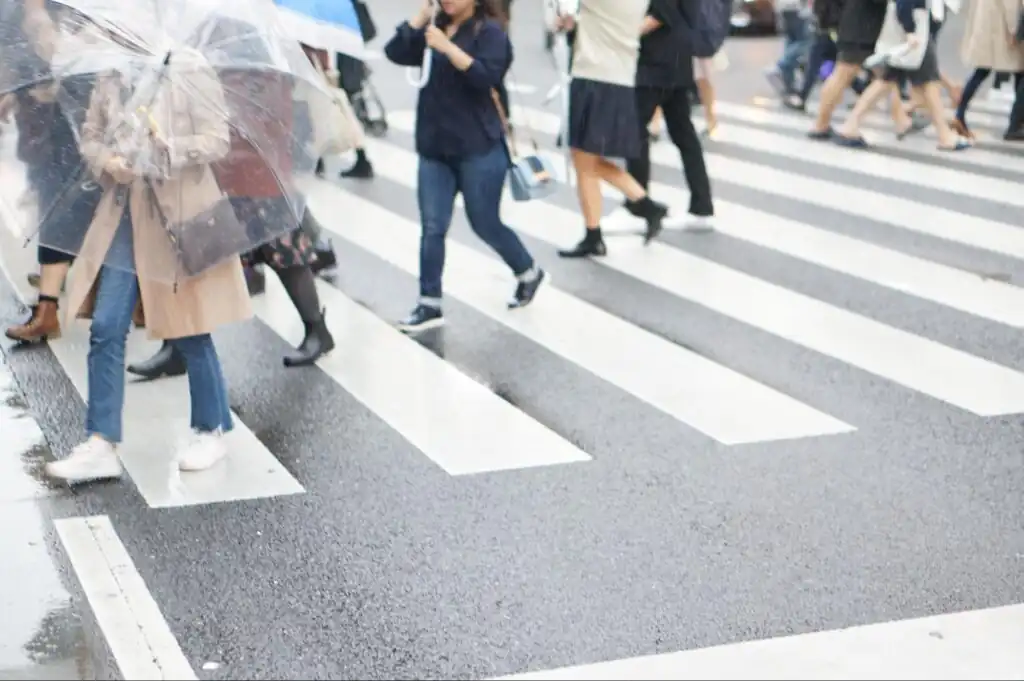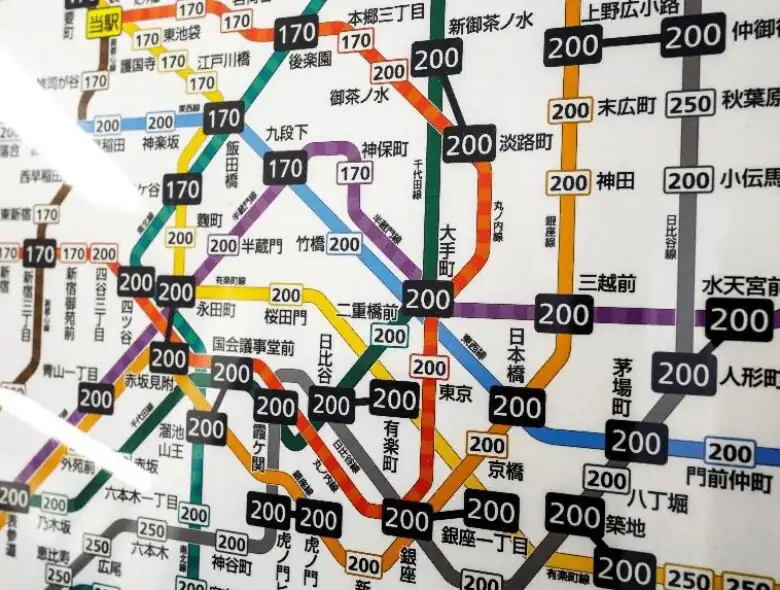Japan is home to over 8,567 train stations comprising 30,625km of rail that crisscrosses the country. Japan Railways Group (JR) controls 20,135km of rail as of 1996 with the other 7,133km being operated by private local railway companies.
Trains are considered the main mode of transport for many citizens and residents of Japan – in the fiscal year 2021, 18.81 billion people were transported via railway transportation in Japan, which includes commuter trains, metros, trams, and the Shinkansen (bullet train).
Perhaps unsurprisingly, 179 of the 8,567 train stations are found in Tokyo city alone, and in 2021, Japan’s capital recorded 12.33 million passengers using trains as their main mode of transportation daily. A survey of Tokyoites, men and women aged 20 and above, agreed to a consensus that a 10-minute walk was considered “near the station” and “within walking distance of a station”.
With so much railway infrastructure running through the archipelago, it’s inevitable that rental properties find themselves in close proximity to the tracks; and real estate organizations such as Village House, which operates over 1,000 properties throughout Japan’s 47 prefectures will usually declare on their listings how near or far a property is from a train station.
So, is it wise to rent an apartment along the train tracks? In this article, we’ll weigh the pros and cons.
Cheaper Rent
Apartments close to train stations tend to be steeper in rent due to a combination of convenience to the tenant and the building being built on premium land. However, apartments situated along the train tracks may actually be cheaper in rent due to the inevitable noise and light pollution from passing trains along with intermittent disruptions from their signal lights.
Apartments close to train tracks also incur a potential safety risk – accidents including the derailment of trains, rail works, etc. may and can occur; living in such close proximity to such areas may put residents in danger.
Studies have shown that residents should live a minimum of 152m (500ft) away from the tracks in order to minimize noise and shaking from passing trains so take this into consideration if looking at rental properties close to the train tracks.

Safe Place
On the flip side, living close to the train tracks can also bring about an added measure of safety and security, especially in big cities as there is a higher likelihood of having a koban (police station) or some kind of railway office or maintenance area nearby. This means that the area is more than likely to be outfitted with CCTV and have security measures put in place. Individuals who are deep sleepers, work in shifts, or don’t mind the slight hassle of adjusting their daily routine to account for the last train but have concerns about safety and security may want to consider rental properties close to train tracks.

Sunlight
Many of Japan’s big cities find their infrastructure densely packed together, to the point where your view out the window might unfortunately be to the wall of the building next door. One advantage of living in a rental property along the train tracks is that you not only get a view but also ample sunlight.
Potential tenants who value having lots of natural light in their apartments may want to consider a rental property near the train tracks. This can be especially advantageous in winter as apartments in Japan tend to be less well-insulated than their American and European counterparts, and rely on heaters from the air conditioning units instead of wall radiators.

Pedestrians
Living close to the train tracks may mean that you encounter less foot traffic and pedestrians, which can decrease noise levels outside. However, this is highly dependent on where along the train tracks the apartment is – is close to the station or further down? Is it near a train crossing for cars and pedestrians or not?
The questions above should be taken into account when looking at apartments along train tracks and if peace and quiet is something that is an absolute requirement for me, be sure to ask the real estate agent or organization. Some real estate organizations such as Village House have simplified communications with their current and potential clients by allowing them to fill out an application form online, where inquiries can also be added.
Noise Control
Living along the train tracks means that noise is inevitable. However, there are many things a tenant can do to reduce the amount of noise from passing trains.
The first thing to note is to understand how noise travels: noise travels through the air and through other objects. Therefore, one way to combat noise is by adding mass aka. outfitting your apartment with large, high-density objects such as bookshelves, wardrobes, and cabinets that will absorb and reduce the soundwaves traveling into the apartment from the train tracks.
When looking at apartments along train tracks, check and inquire about the build and design of the apartment – double-glazed windows, roll-down shutters, noise-reducing glass, and window seals go a long way to dampening noise. Buildings made from concrete and steel also help to reduce outside noise.
Lastly, you can reduce noise and dampen sounds from passing trains by installing sound-dampening curtains, applying acoustic chalk in any small gaps and around window frame edges, and putting up wall hangings or outfitting the floors with rugs and carpets.
Related articles:
- Getting Some Peace and Quiet: How to Reduce Street Noise in Your Apartment and More!
- Rental Apartment Woes? Here’s Where to Get Expert Advice!
- Which Rental Properties Should You Avoid? Watch Out For These 5 Things!
- Renter’s Remorse: Top 5 Regrets People Have for Renting Expensive Apartments



